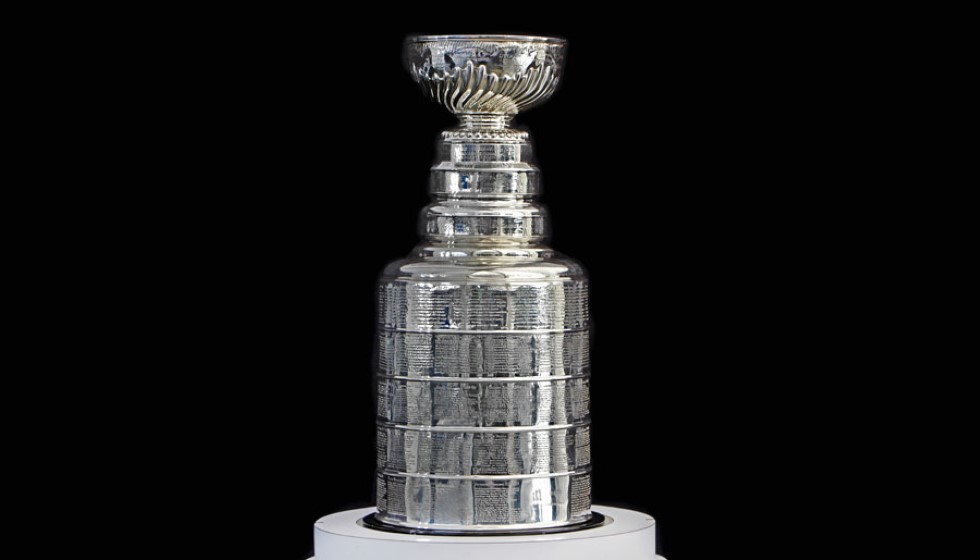
In the vigorous world of professional hockey, the role of the enforcer is as controversial as it is crucial. This was vividly illustrated in a high-stakes game between the Leafs and the New York Rangers, featuring a face-off between Ryan Reaves and rookie sensation Matt Rempe. Standing tall at 6 feet 7 inches and weighing in at 240 pounds, Rempe has quickly carved a niche for himself in the NHL, not solely through his scoring capabilities but also through his physical play style, epitomizing the enforcer role.
The Evolution of the Enforcer
Rempe's status as an enforcer has been solidified through his actions on the ice. In just seven games, he has managed to score and assist once while spending a considerable 37 minutes in the penalty box, surpassing his time of actual gameplay. This stark discrepancy highlights the physical aspect of his role within the team. However, this position carries with it a storied, sometimes dark, history.
The tragic deaths of enforcers like Derek Boogaard, Wade Belak, and Rick Rypien in 2011, cast a long shadow over the NHL, igniting debates over the mental and physical toll such roles can exert on players. Research pointing towards a connection between the role of an enforcer, characterized by frequent fighting, and the development of Chronic Traumatic Encephalopathy (CTE) has further fueled this dialogue, despite NHL Commissioner Gary Bettman's skepticism about these findings.
Analytics and the Changing Game
The introduction of analytics into hockey strategy has amplified these debates by increasing the value placed on skill and speed over physical intimidation. Enforcers, often not the most adept skaters or prolific scorers, have found it challenging to fit into this new paradigm, which emphasizes a faster, more engaging style of play aimed at fostering a more inclusive environment. Despite this shift, the role of enforcers remains rooted in the sport's 'code,' underscoring the belief that they maintain the game's safety by policing the ice and upholding a sense of order.
Modern Perspectives on Hockey's Harsh Reality
Discussions around Rempe and the relevance of fighting in hockey are emblematic of the sport's ongoing evolution. The debate extends beyond the rink, touching on broader cultural and societal issues, as seen during the NHL's All-Star break in Florida. A post by the NHL on LinkedIn promoting a career fair opened a new battlefield, drawing criticism from Florida's Governor Ron DeSantis. The governor's office clarified their stance, emphasizing their opposition to any form of discrimination, yet the incident underscores the NHL's complex position within the broader societal discourse.
Figures like Paul Bissonnette of TNT's NHL panel have weighed in on the discussion, with Bissonnette expressing admiration for Rempe's 'old-school' approach to the game. To some, Rempe's willingness to answer for his actions on the ice is a testament to the enduring value of the enforcer's role. However, whether this role serves to safeguard the spirit of the game or perpetuates unnecessary violence is a matter of ongoing debate.
The Future of Fighting in Hockey
As hockey continues to evolve, the role of the enforcer, exemplified by players like Matt Rempe, remains a point of contention. On one hand, enforcers are seen by some within the hockey community as vital for maintaining order on the ice, potentially deterring more dangerous forms of aggression. On the other hand, the physical and mental ramifications associated with the role cannot be ignored, especially in light of the increasing emphasis on player safety and well-being.
The diminishing frequency of fights in the NHL signals a shift towards a more skill-focused and fast-paced game. Yet, the enforcer's role, encapsulated in the career of athletes like Rempe, continues to spark significant discussion about the essence of hockey and its direction moving forward. Whether the figure of the enforcer will adapt to the changing landscape of the sport or gradually become a relic of the past remains to be seen. What is clear, however, is that the conversation around this role is far from over, highlighting the ongoing tension between tradition and progress in the world of professional hockey.